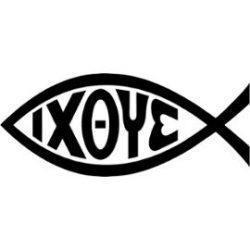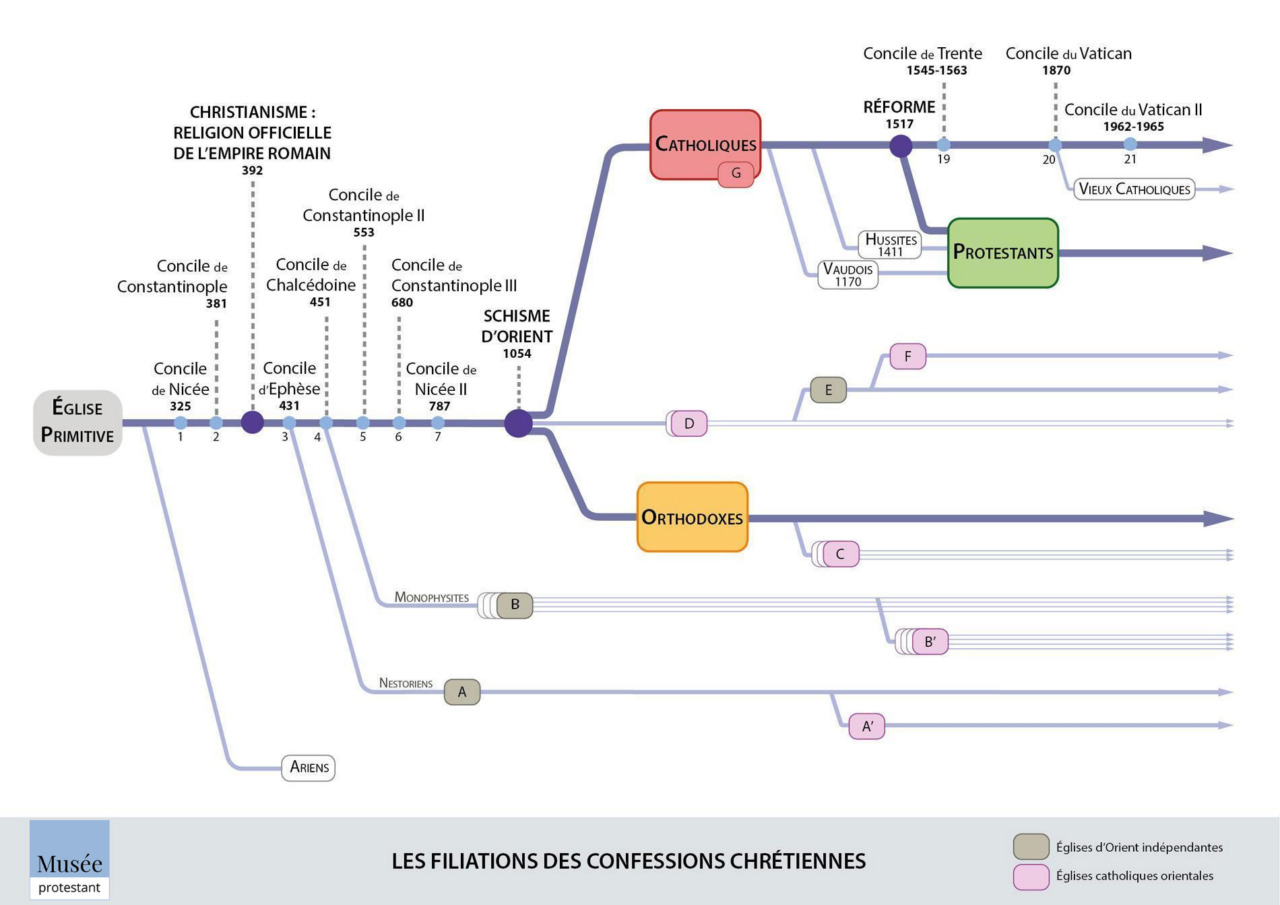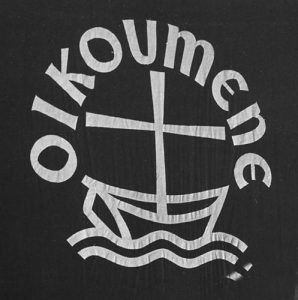The primitive Church
The first Christian Churches were founded either by an apostle or by an evangelist: the main Churches of the Roman Empire were those of Alexandria, Antioch and Jerusalem in the East, and Rome in the West.
The imperial Roman power persecuted Christians until the early 4th century: freedom of Christian worship in the Roman empire was acknowledged by the edict of Milan in 313.
The Church in Constantinople became especially important after 330 when Emperor Constantine chose Byzantium as the capital city, under the name of Constantinople.
In 391, by the will of Emperor Theodore, Christianity became the official religion of the Roman Empire.
Légende
A : Chrétiens d’origine nestorienne
B : Chrétiens d’origine monophysite
The Christians and the first schisms
From its onset Christianity underwent divisions. When theological discussions turned into quarrels, they caused breaks and schisms.
The Ariens:
These Christians followed the teaching of Arius, a theologian in Alexandria in the 4th century. Arius insisted on God’s absolute transcendence. For him, the Son was created by God who passed his divinity on to him. So he was his subordinate.
Arianism was declared a heresy by the Council of Nicea summoned by Emperor Constantine in 325. Arianism spread over the Roman Empire for a while, then outside its borders among German tribes, notably the Visigoths, but progressively disappeared in the 7th century.
The Nestorians:
These Christians followed the teachings of Nestorius, a patriarch in Constantinople (381-451).
The Nestorians claimed that two beings co-existed in Jesus, one of human essence and the other of divine essence; for them Mary could not be called God’s mother: she was the mother of the man Jesus.
Their trend was rejected by the Council in Ephesus in 431.
The Nestorians then founded the ‘Church of the two councils’ as it acknowledged only the first two councils of Nicea and Constantinople.
The Monophysites:
These Christians followed the teachings of Eutyches and Disocorus of Alexandria.
The Monophysistes claimed that the Son Jesus was only of divine essence which had absorbed his human essence.
They split after the Council of Chalcedon of 451. They founded the ‘Churches of the three councils’, as they acknowledged only the first three ecumenical councils.
These churches were:
– The Coptic traditional Churches, namely the Coptic Orthodox Church, the Ethiopian Orthodox Church, the Erythrean Orthodox Church issued from the Ethiopian Orthodox Church in 1993;
– The Syriac traditional Churches, namely the Syriac Orthodox Church, the Malankara Orthodox Church…;
– The Armenian traditional Church, namely the Armenian Apostolic Church.
The term ‘Orthodox’ was chosen by some Churches of Monophysite origin, though they were not necessarily in communion with the Orthodox Church.
The first seven ecumenical councils
The Council of Nicea was the first ecumenical council summoned by the Emperor because of the controversies whichh split Christian communities and caused uprisings in the Empire.
The ecumenical councils were meetings to which all the bishops of Christianity were summoned. Because of the divisions some Churches or communities only acknowledged a reduced number of councils, depending on the period when they broke away. The first seven councils were acknowledged by both Orthodox and Romas Catholic Churches.
- Council of Nicea in 325:
It condemned Arianism as a heresy; confession of faith and symbol of Nicea; unity and consubstantiation between the Father and the Son.
Four important cities – became Patriarchates: Alexandria, Antioch, Jerusalem and Rome.
- Council of Constantinople in 381:
The Holy Spirit, third being of the Trinity: is issued from the Father.
The symbol of Nicea was completed: it is referred to as the Nicea-Constantinople symbol.
Five Patriarchates: Alexandria, Antioch, Jerusalem, Rome and Constantinople.
- Council of Ephesus in 431:
Nestorianism was condemned, considered a heresy.
- Council of Chalcedon in 451:
Monophysism was condemned, considered a heresy. The double essence of Christ divine and human was proclaimed.
Five patriarchates -former big cities: Alexandria, Antioch, Jerusalem, Rome and Constantinople.
- Council of Constantinople II in 553:
Writings suspected of Nestorian ‘heresy’ were condemned.
- Council of Constantinople III in 680:
Both essences of Christ divine and human were confirmed.
- Council of Nicea II in 787:
The iconoclastic trend was condemned for wanting to forbid image worship.




